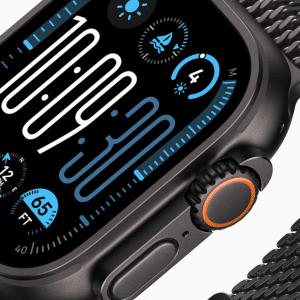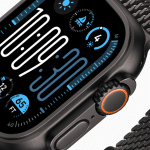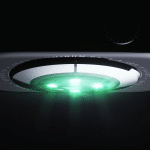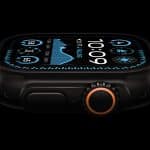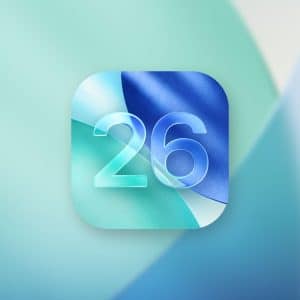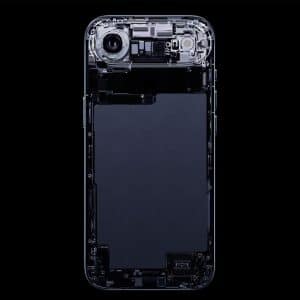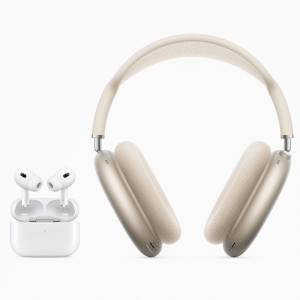The most anticipated feature of the Apple Watch Ultra 3 is its satellite connectivity, a first for any Apple Watch model. This capability, initially introduced with the iPhone 14, allows users to send text messages when Wi-Fi or cellular networks are unavailable, without needing an iPhone nearby. For hikers, climbers, or anyone in remote areas, this means staying connected in emergencies or sending quick updates to contacts, leveraging Globalstar satellites. The feature mirrors the iPhone’s Emergency SOS via satellite and its expanded iOS 18 messaging capabilities, making the Ultra 3 a compelling choice for those who prioritize safety and independence in challenging environments. This upgrade positions the Ultra 3 as a direct competitor to rugged wearables like Garmin’s satellite-equipped devices, enhancing its appeal for outdoor enthusiasts.
5G Support for Faster, Reliable Connections
Another major leap for the Apple Watch Ultra 3 is the addition of 5G connectivity, moving beyond the LTE support found in previous Ultra models. This upgrade utilizes a smartwatch-specific version of 5G, likely based on the 5G RedCap standard, which balances speed and efficiency for wearable devices. For users, this translates to faster data transfer, improved call quality, and better performance in low-signal areas—critical for those relying on their watch during travel or outdoor activities. Unlike the satellite feature, which focuses on off-grid scenarios, 5G enhances the Ultra 3’s performance in urban and suburban settings, making it a versatile companion for both wilderness treks and city commutes.
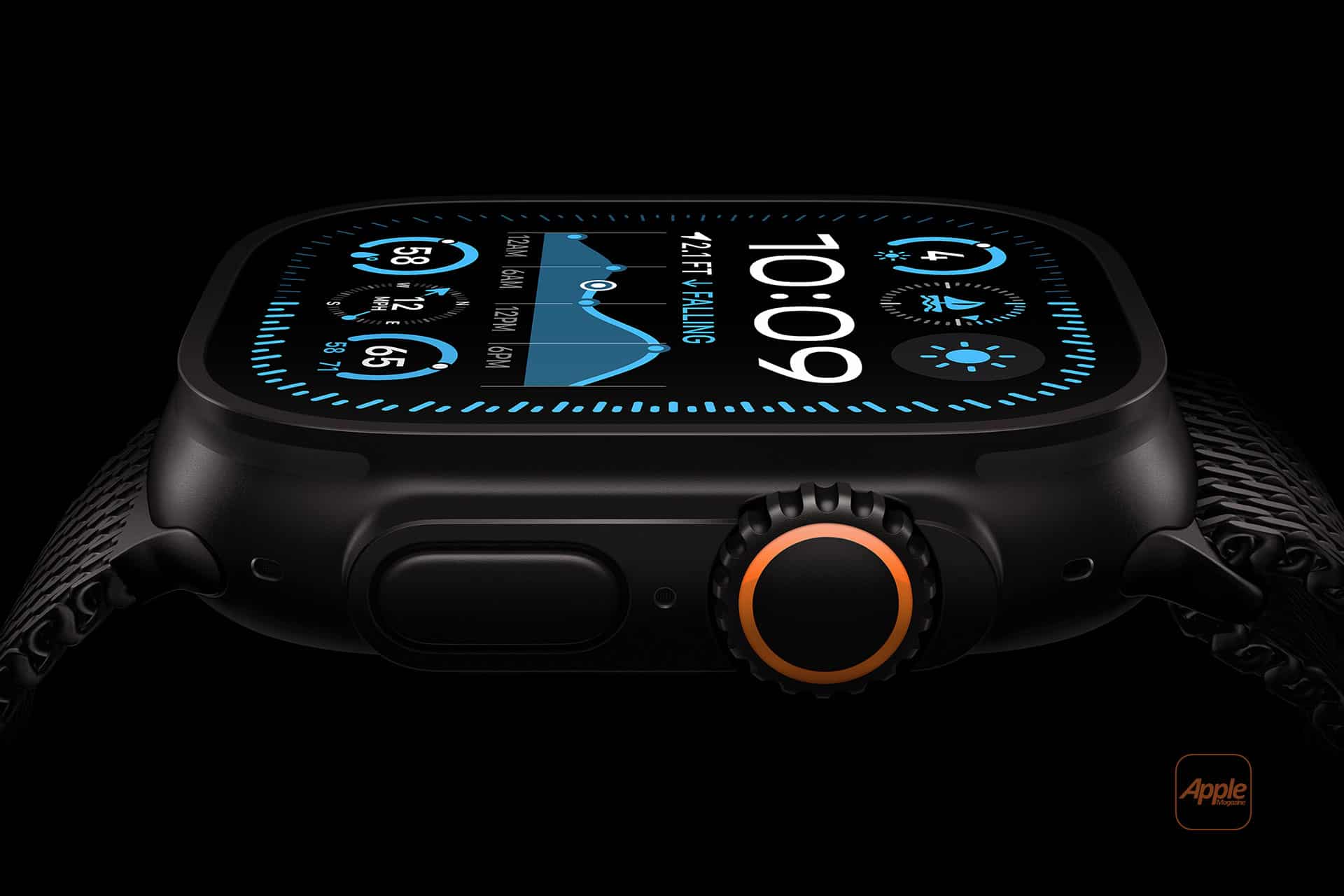
Incremental Hardware Upgrades
While connectivity takes the spotlight, the Apple Watch Ultra 3 is expected to retain much of the same rugged design that defines the series. The 49mm titanium casing, Action button, and orange-ringed Digital Crown are likely to return, maintaining the watch’s distinctive look and durability. However, Apple is poised to include a new S10 chip, or a later variant, to boost performance and efficiency. This chip, expected to be similar to the one in the Apple Watch Series 11, will support faster processing and potentially enable new software features tied to watchOS 12. Additionally, a wide-angle OLED display is rumored, offering brighter visuals when viewed from off-angles and a smoother refresh rate for the always-on display, enhancing readability during dynamic activities like running or diving.
Health Features: A Mixed Outlook
Health monitoring has been a cornerstone of the Apple Watch, but the Ultra 3’s health upgrades remain uncertain. Apple has been developing blood pressure monitoring, which would track trends and alert users to potential hypertension without providing exact readings. While initially slated for 2025, recent reports suggest this feature may not be ready due to testing challenges, potentially pushing it to a later release. Similarly, the blood oxygen sensor, disabled in the U.S. due to a patent dispute, remains a question mark. Users hoping for its return may be disappointed unless Apple resolves the legal issues by launch. These uncertainties temper expectations for health-focused upgrades, with connectivity likely stealing the show.
Design Continuity and Market Positioning
Apple’s design philosophy for the Ultra series favors consistency, and the Ultra 3 is expected to stick closely to the 49mm titanium form factor of its predecessors. Available in natural titanium and the black titanium option introduced with the Ultra 2, the watch will likely maintain its $799 price point, though U.S. tariffs could drive costs higher. The lack of a major design overhaul may disappoint some, but it aligns with Apple’s tendency to refine rather than reinvent its premium wearables every few generations. The Ultra 3’s focus on connectivity enhancements ensures it remains a top contender in the premium smartwatch market, particularly against competitors like Samsung’s Galaxy Watch Ultra, which retails at a lower $649 but lacks Apple’s ecosystem integration.
Why It Matters for Users
The Apple Watch Ultra 3’s upgrades cater to users who demand reliability and independence from their devices. Satellite connectivity opens new possibilities for those exploring remote areas, offering peace of mind without the need to carry an iPhone. The 5G support ensures faster, more dependable connections in everyday scenarios, while the S10 chip and potential display improvements enhance the overall experience. For existing Ultra owners, the decision to upgrade may hinge on the appeal of off-grid texting and faster cellular performance, especially for those with first-generation models facing battery degradation. While health feature delays are a setback, the Ultra 3’s connectivity focus makes it a compelling option for adventurers and tech enthusiasts alike.
Looking Forward to September
Set to debut alongside the iPhone 17 series in September, the Apple Watch Ultra 3 promises to build on the strengths of its predecessors while addressing the needs of users in remote and connected environments. The satellite and 5G upgrades mark a significant step toward making the Ultra a truly standalone device, reducing reliance on an iPhone for critical functions. As Apple prepares for its fall event, the Ultra 3 is shaping up to be a refined yet impactful addition to its wearable lineup, reinforcing its position as the go-to smartwatch for those who live life on the edge.



